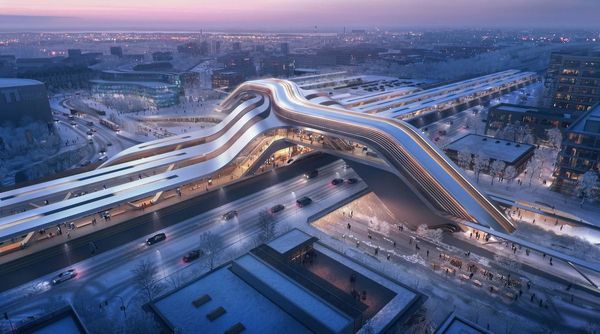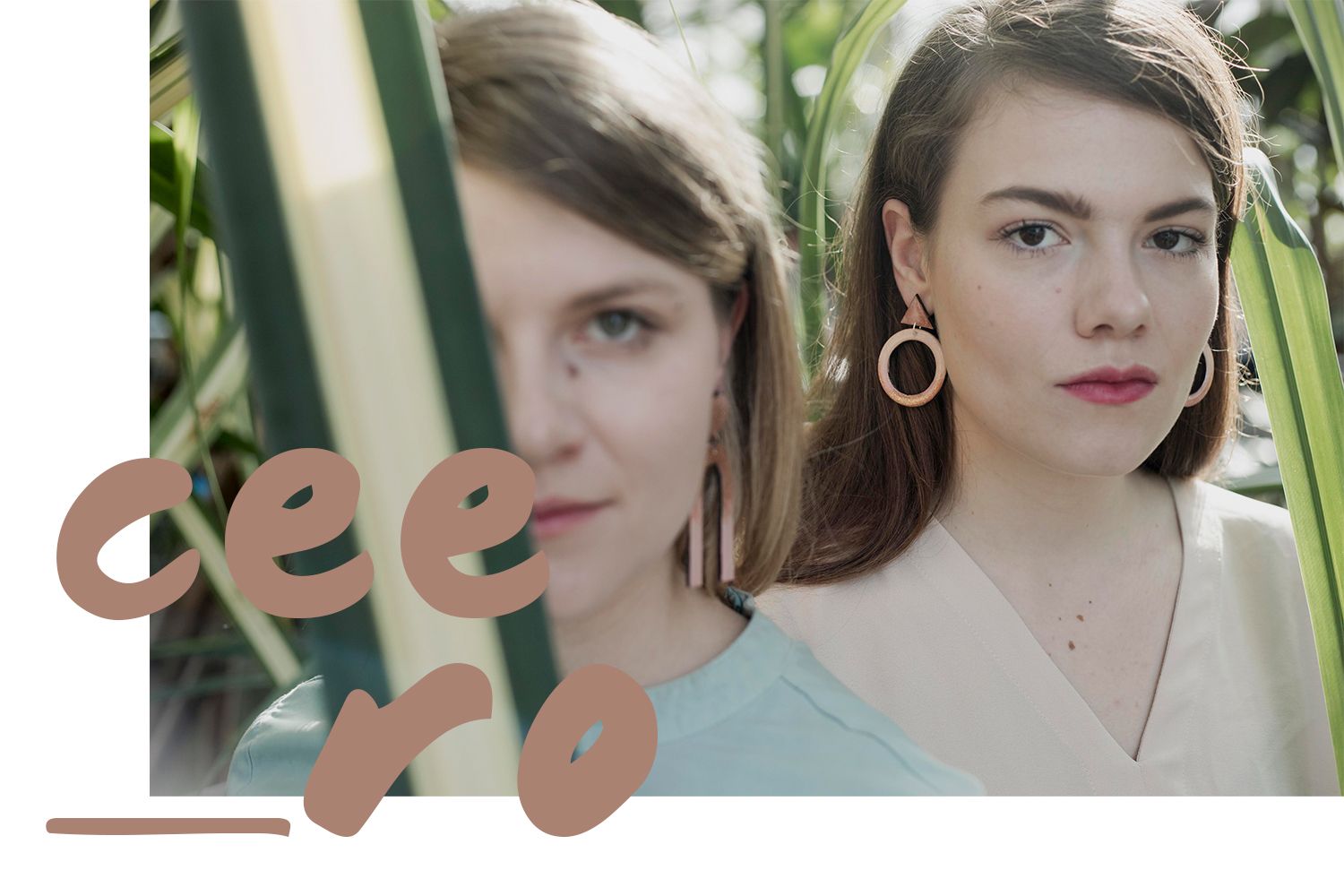Modest, elegant, pastel shades vibrating or glowing in the dark: limited series, hand-made jewelry that complement our casual or formal attire as painting-like creations.
We had a conversation with Réka Rebeka Fazekas, the founder and originator of the REBEKARTS jewelry.
You graduated from the university as textile designer artist, and yet you are now designing jewelry. When did you create your first piece, how did REBEKARTS start off?
I created a piece of jewelry out of textile during my university years as part of a project, but somehow I could not relate to this technique, I could not unfold my creative energies in it, and so I started to try other techniques. After quite a lot of experimenting, my first earring suitable for everyday wear was born, which was made out of a piece of painted cardboard and silicon. It had caught the attention of many people, which gave me impetus for further elaborating the idea. First I debuted my pieces on the Creators Market fashion and design fair in Cluj-Napoca – as a matter of fact this is where REBEKARTS was born.
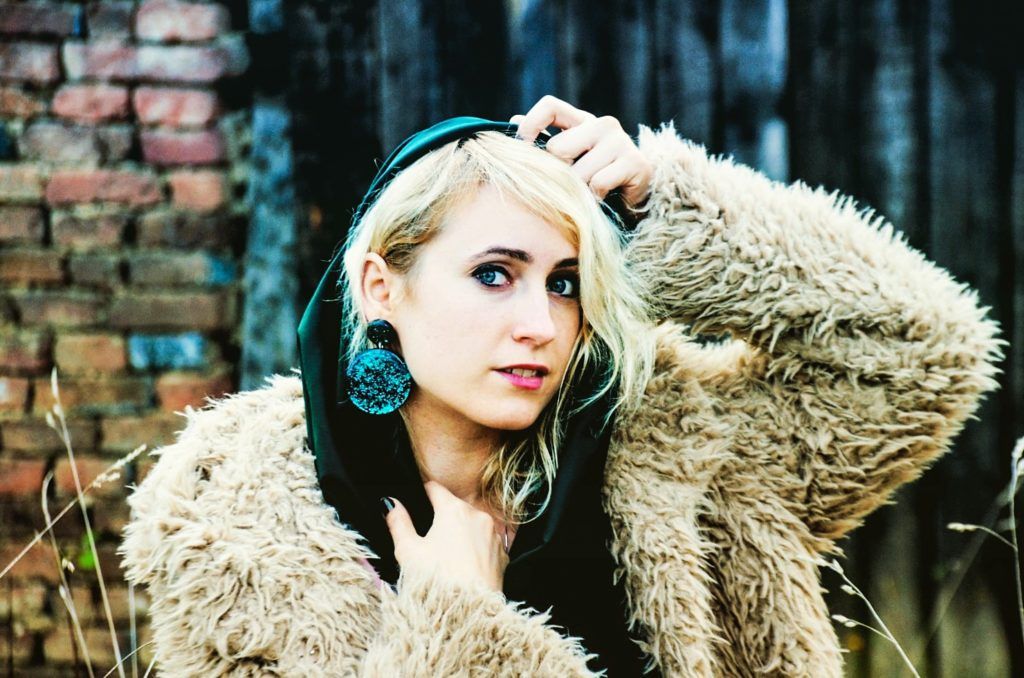
The basis of your jewelry is determined by experimenting with shapes and shades of colors, but the choice of material also plays an important role in the creative process. From exactly what are your pieces made? How did this change over time?
In the beginning, as I have already mentioned, I worked with cardboard and silicon. I have tried different types: beer mat cardboard, chipboard and plywood. The process was similar to the creation of an abstract piece: I painted cut out basic forms, on which the vibrating colors played the most important role, and then I gave these a shiny finish and a spatial feel. After a while, I stopped using silicon, and experimented with assembling the painted cardboards in different ways: I placed emphasis on combining geometric forms and on colors, and so the pieces of jewelry became fascinating due to their spatial dimensions and their size. I was continuously thinking about using other materials, so that I could create a more permanent product of higher quality. This is how I found synthetic resin, which is much more professional than silicon. I knew this could not work in the case of my cardboards, so it was time to familiarize myself with wood.
Your jewelry collection renews in each season, which is also reflected in colors. What other peculiarities or characteristics are there to your collections? How many collections do you create in a year?
It is important for me to keep jewelry-making a creative process rather than automatic work, where self-expression and creativity play the leading roles. This is how I can stay inspired: I always think of new ideas and of new designs. I am inspired by so many things – this is partly why several collections are made in limited series.
I do not necessarily build my collections around seasons. I let myself be taken away by a mood, which I then express with the help of compositions of different forms and colors. I place the most emphasis in creating my collections on wearability, but there are cases when I let my fantasy run wild: I come up with bigger and more exciting forms, I let the colors dominate, or I use bolder and stronger contrasts, this way defining the character of the given piece of jewelry. In the summer, for example, I created a collection for the festival season, the peculiarity of which is that the pieces phosphoresce in the dark.
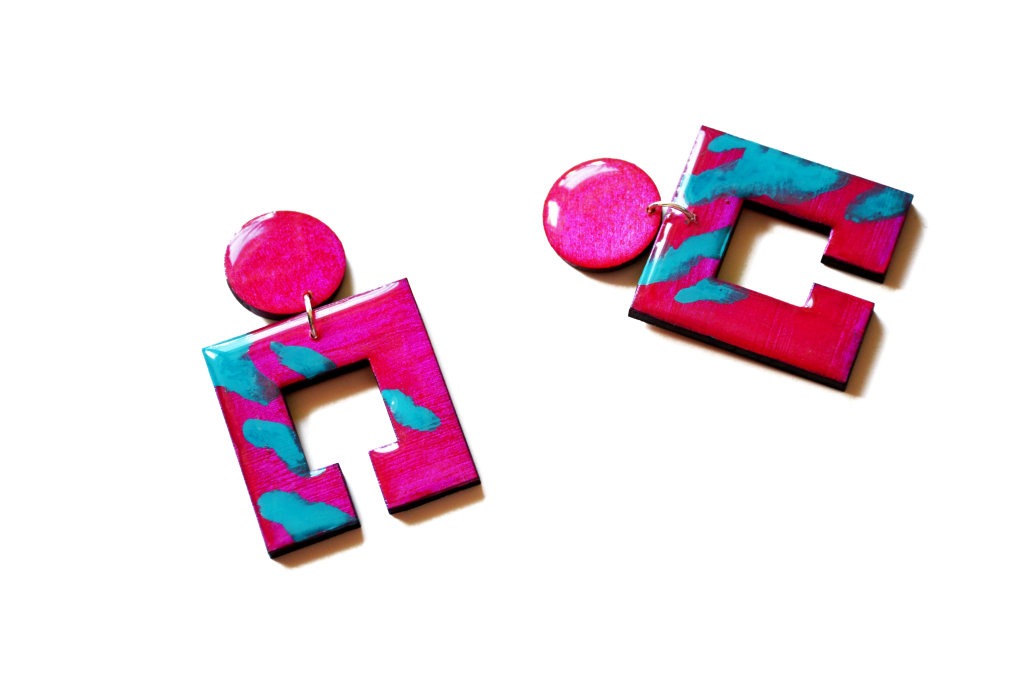
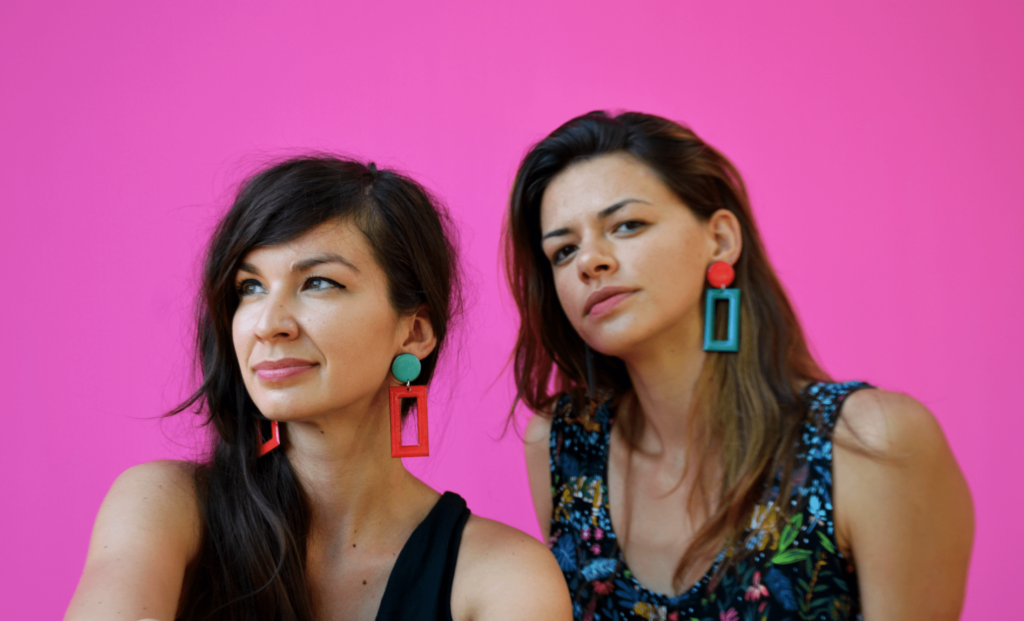
The spring collection is quite elegant owing to the pastel colors. Naturally, the shapes also play an important role in this, so they are much more delicate and aerial. In opposition to that, the fall collection is much bolder, and has an underground feel to it.
Each and every piece of your jewelry has exciting colors, resulting from the combination of different tones. What does your choice of colors depend on, to what extent does seasonality determine your work?
One of the most dominant elements of my works is experimenting with colors. Most often I start working instinctively, based on my mood. At the same time, I also try to select the color pairs conscientiously, and get the feel of a given concept.
It can be observed that there are color combinations that recur in almost every collection I make: blueish-greenish, turquoise shades. I love these colors very much. They are cold colors, yet they can work with almost every season, depending on the color pair we combine them with, or how intensely we use them: whether we make them more vivid or paler. With a little attention and examination, an almost endless color palette can be composed. For me, this is a source to which I can always turn for some inspiration.
You mainly create earrings, but your collections also feature necklaces. Do you perhaps plan to expand your product palette, or do you plan to continue to build your brand on earrings?
I am more inclined to creating earpieces for some reason, but I also like rings very much. As my jewelry pieces are quite colorful or large in size, they look good in themselves. Once I have achieved all my aspirations in terms of earrings, necklaces will be next!
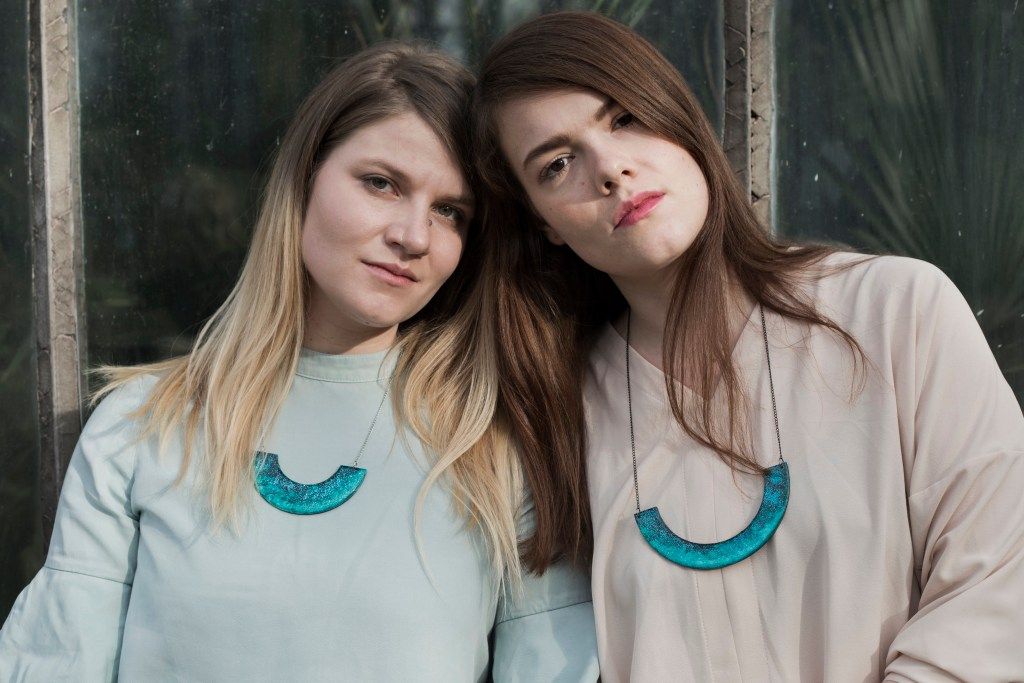
You primarily attend crafts and design fairs, but your pieces are now also available in your creative workshop Ponpaon in Miercurea Ciuc. What future plans do you have in terms of sales?
I would like to expand my product portfolio and go to as many design fairs as possible. At the same time, I would also like to contact design stores so that my work can get to the widest possible audience, and to make sales go smoother.
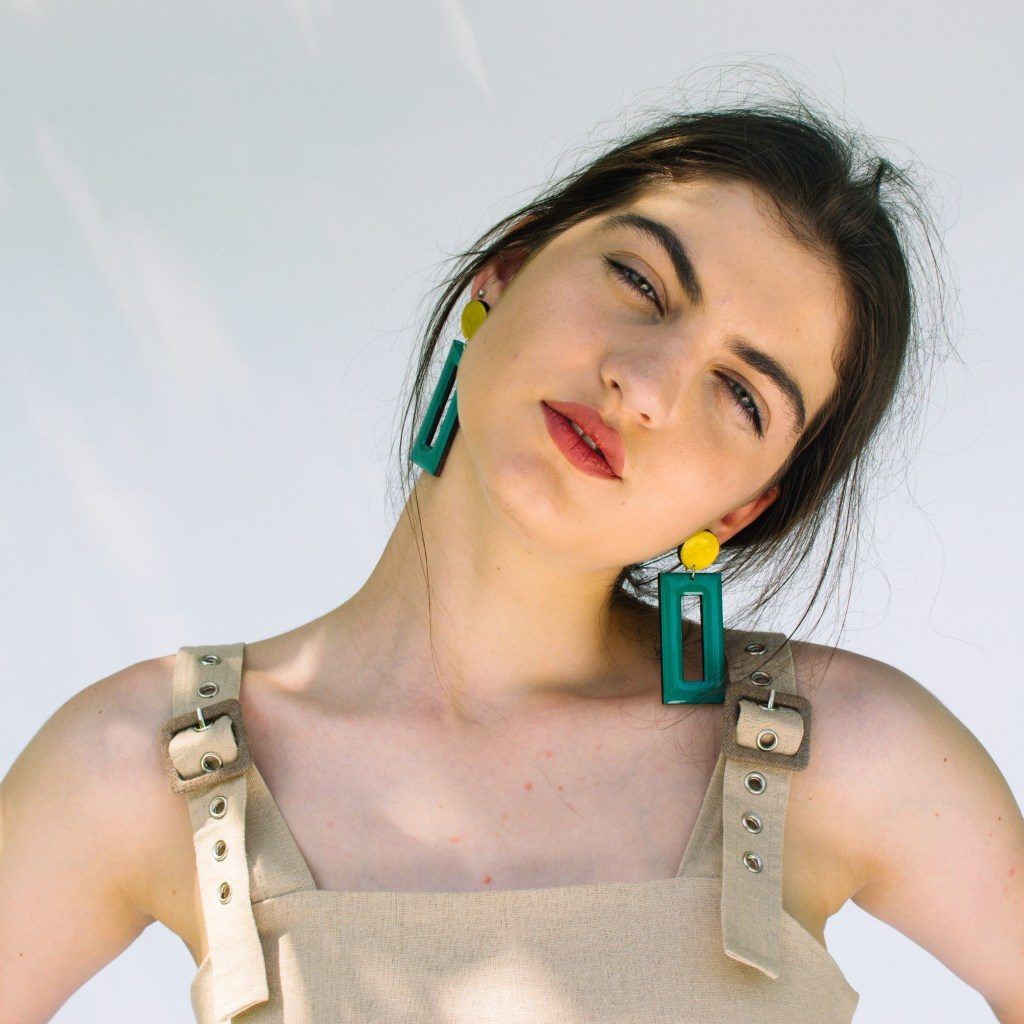
I attended the Artisans Bazaar fair in Timișoara for the first time this spring, and I also participated on Cluj Design Days in Cluj Napoca, which opened quite a few doors for me. This is where I met MOTTA, amongst others: a clothing brand that used my earpiece as an accessory when presenting one of their collections.
In addition to the different possibilities to present my brand, it would also be good to establish a workshop which people could also visit to purchase my pieces.

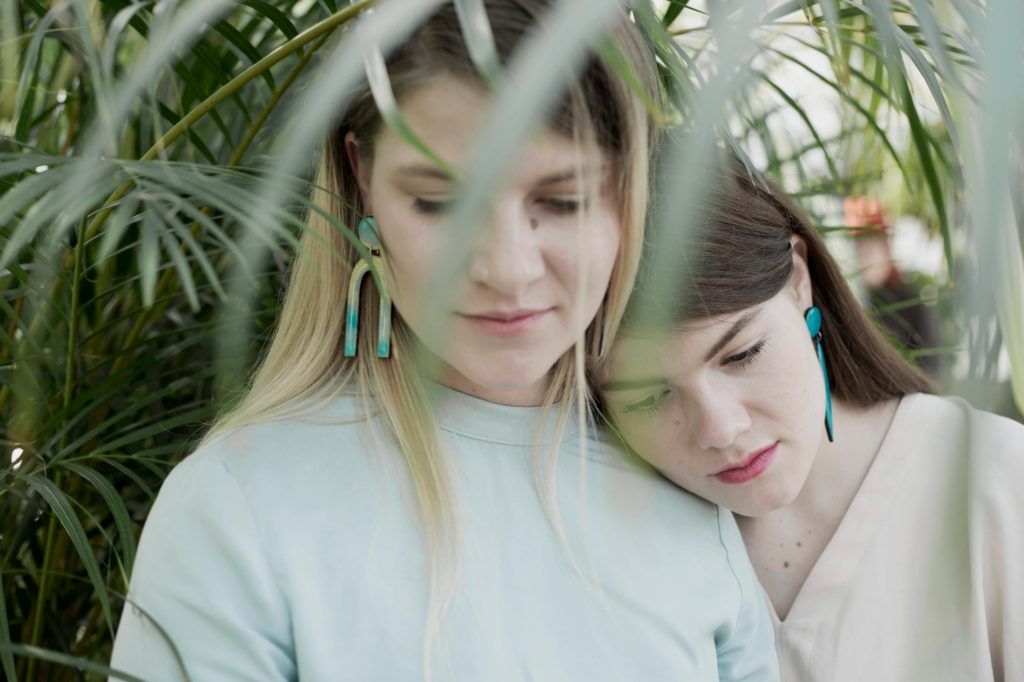
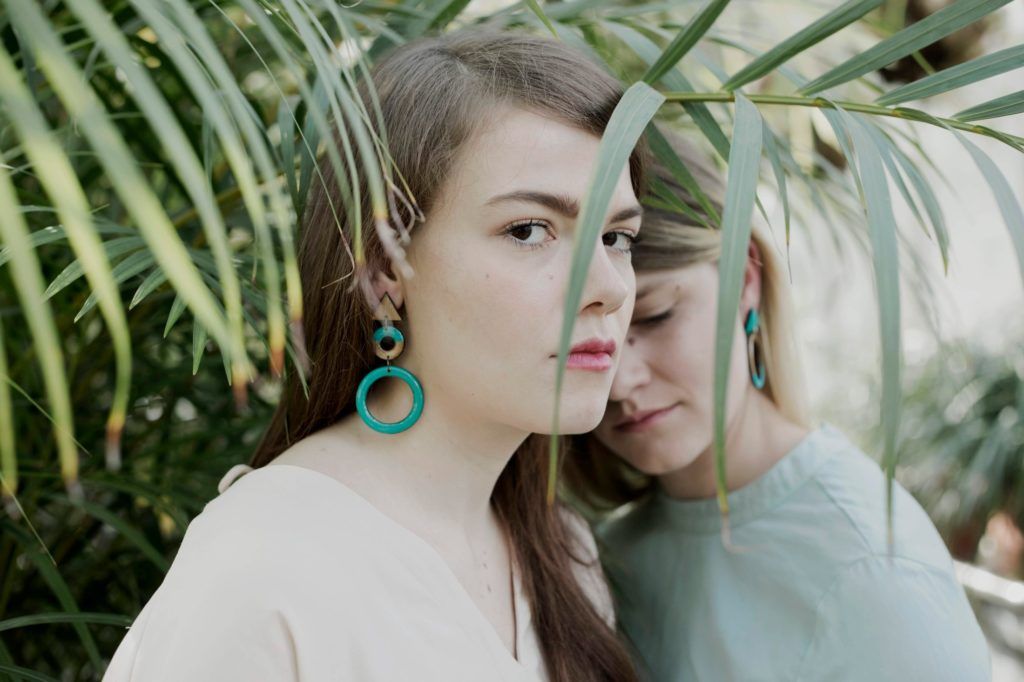
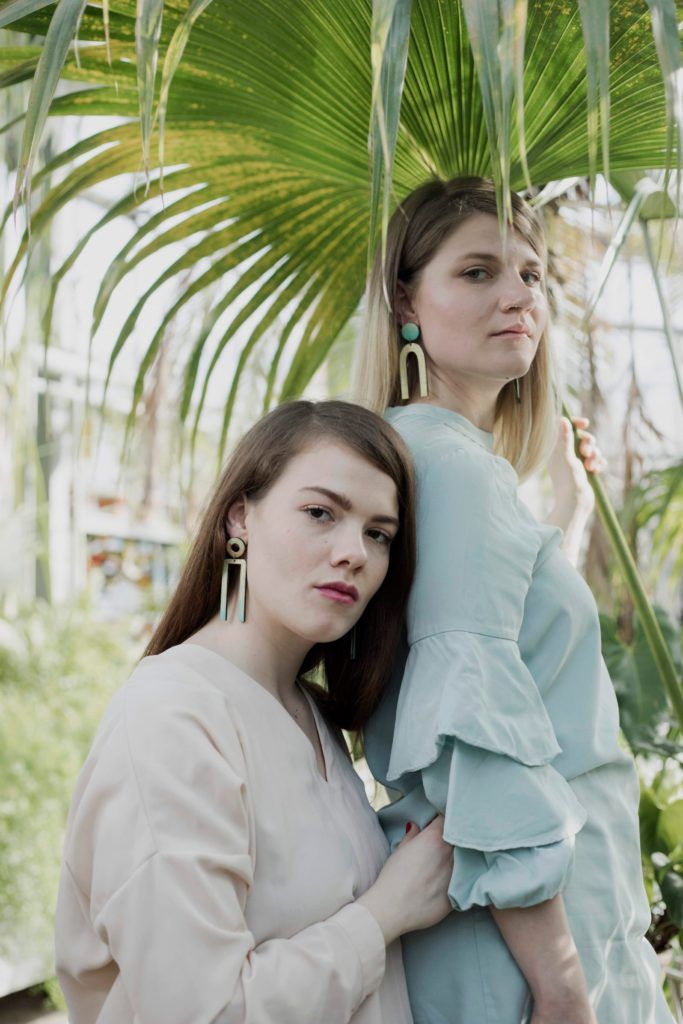

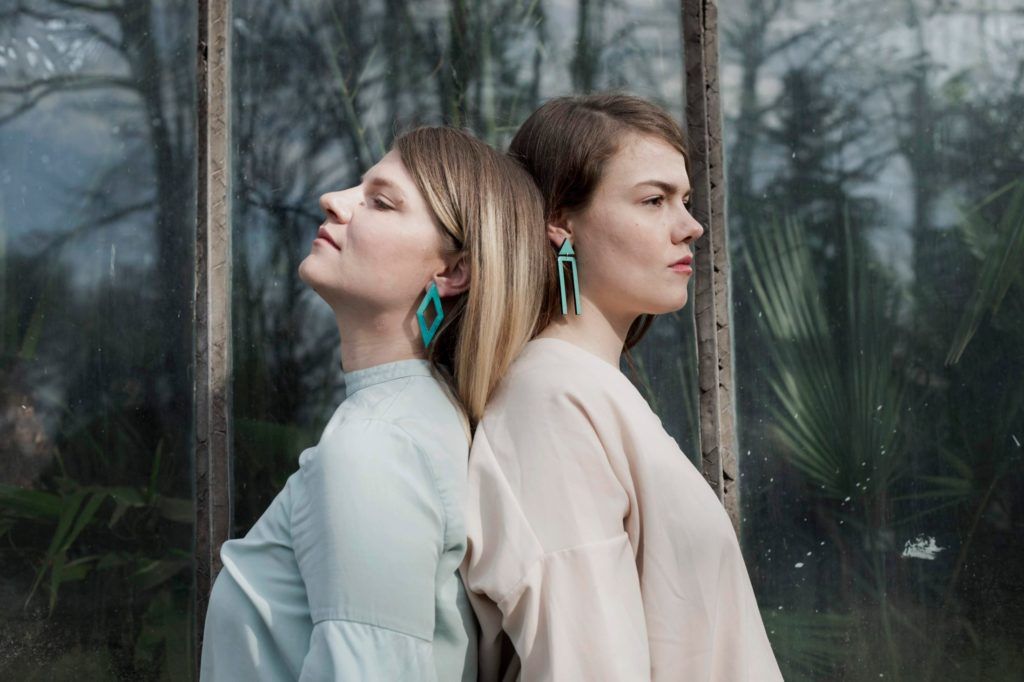
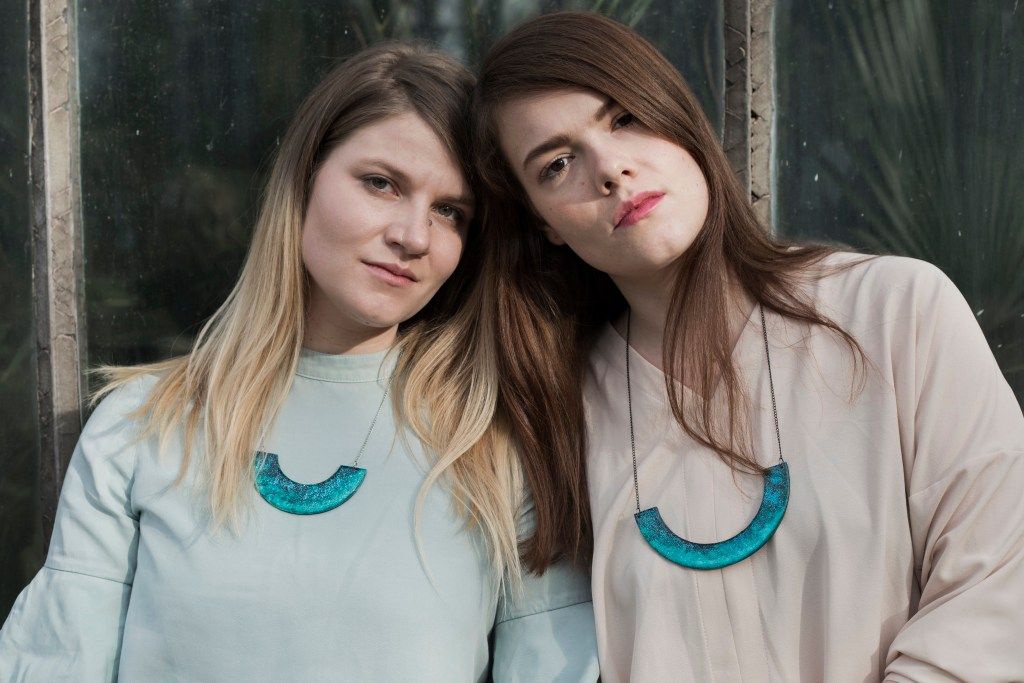
Réka is already working on her Christmas collection – you can purchase it via order or in person at the Cluj Design Days fair in Cluj Napoca. Also, we have good news: from December, the REBEKARTS earpieces will also be available in LOLLIPOP FACTORY store in Király utca, Budapest!
For more info, make sure to follow Réka’s Instagram and Facebook page.
Photo credit: Bernadette Fejér
Models: Kánya Eszter, Rudolf Eszter, Rudolf Ráhel, Zsigmond Ágnes
The CEE-RO series presents the work of up and coming artists and designers living and working in Romania amongst the countries of the Central-Eastern European region, focusing on the values of the local and progressive design culture.
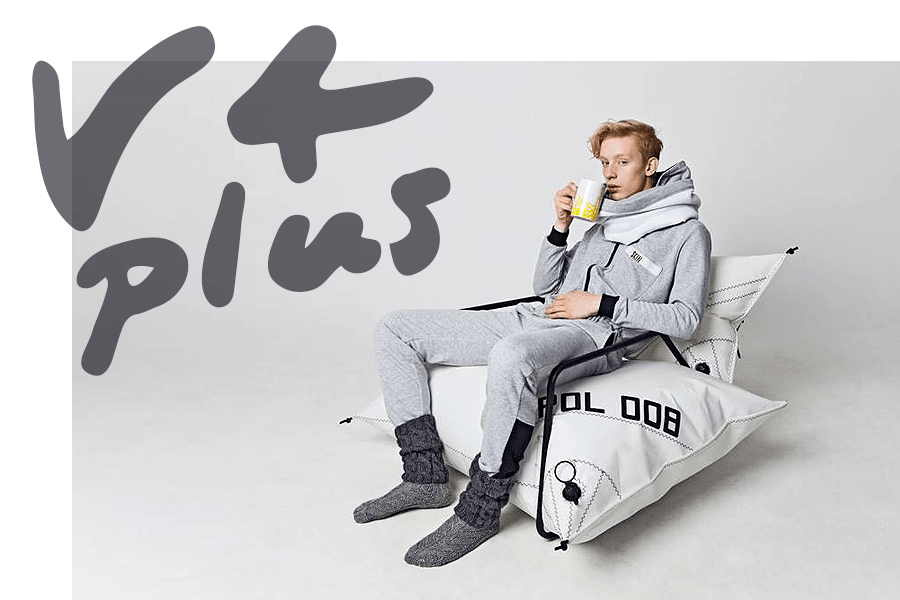
V4PLUS I Our favorite Polish brands_03

Revolutionary sites
